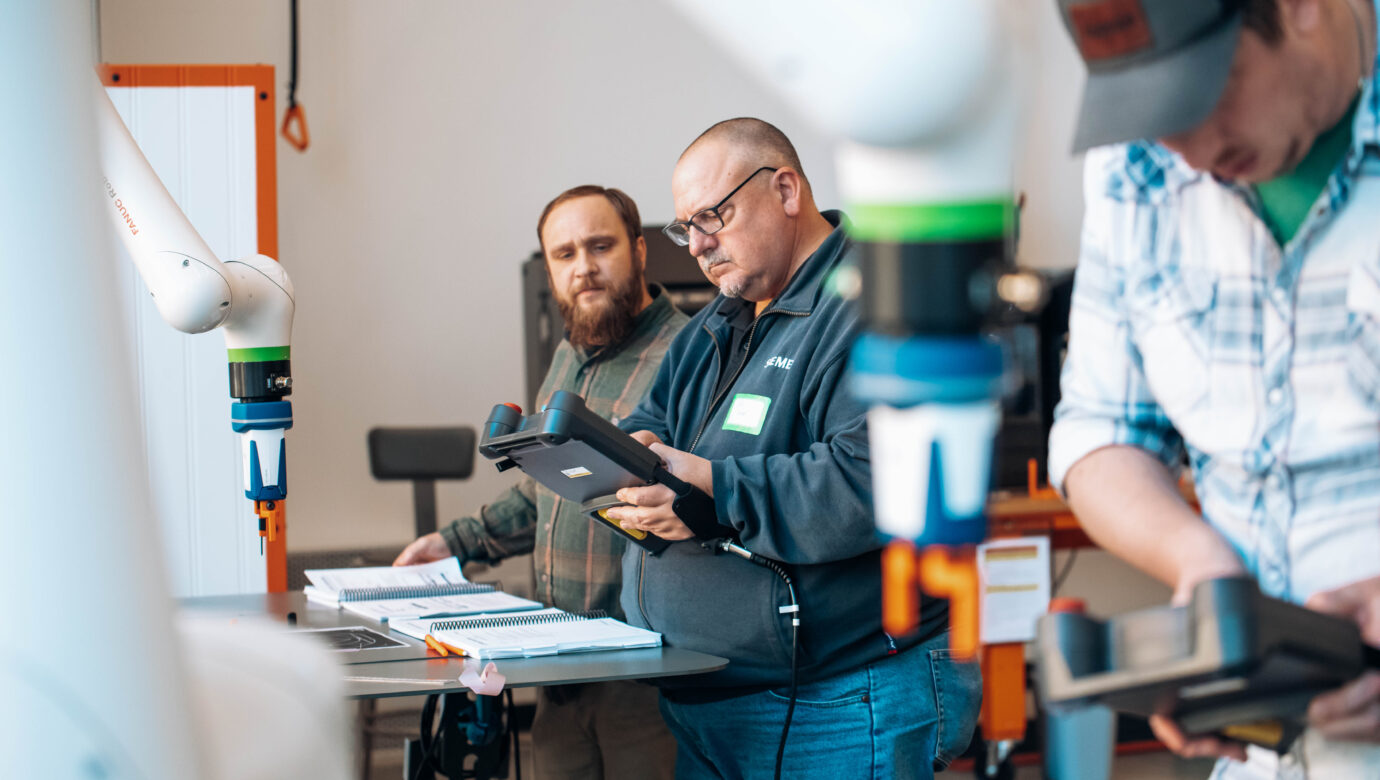Overcoming Resistance to Change in Smart Manufacturing Implementation
Implementing smart manufacturing technologies is no longer optional for manufacturers aiming to stay competitive in a rapidly evolving industrial landscape. From predictive analytics and industrial IoT (IIoT) to cloud-based systems and robotics, these tools promise enhanced efficiency, quality, and agility. However, one major hurdle remains: resistance to change within organizations.
In this blog, we’ll explore why resistance happens, how it affects implementation success, and strategies manufacturers can use to overcome it and build a future-ready workforce.
Why Resistance to Change Happens in Manufacturing
Change management in the manufacturing sector presents unique challenges. Many facilities have longstanding processes, legacy equipment, and workforces accustomed to traditional systems. Even when the benefits of smart manufacturing are clear, human factors like uncertainty, lack of training, and fear of job displacement can create significant barriers.
Common sources of resistance include:
- Lack of understanding about smart manufacturing technologies and their benefits
- Fear of the unknown, particularly among employees unfamiliar with digital tools
- Concerns about job security, especially when automation is introduced
- Disruption to workflows, production schedules, or roles
- Insufficient training or support, leading to low confidence in new systems
The Impact of Resistance on Smart Manufacturing Initiatives
Ignoring resistance can result in stalled projects, failed implementations, and missed ROI. When employees are disengaged or unclear about new expectations, adoption slows and the technology’s full potential is left unrealized.
Resistance can also impact:
- Data accuracy, if users aren’t trained to input or interpret digital information
- Productivity, if teams struggle to adapt workflows
- Collaboration, if departments operate in silos without aligned digital strategies
Strategies to Overcome Resistance and Build Buy-In
Successfully implementing smart manufacturing depends on a thoughtful, human-centered approach. Here are proven strategies for building alignment and reducing resistance:
1. Involve Employees Early
Engage staff in the conversation before implementation begins. Solicit feedback, listen to concerns, and create opportunities for participation. When employees feel heard and involved, they’re more likely to champion the change.
2. Communicate the “Why”
Clearly explain the purpose behind smart manufacturing initiatives. Focus on how new tools improve safety, productivity, and work quality—not just how they affect KPIs. Use real-world examples that show positive outcomes for workers and the business.
3. Provide Targeted Training
Training shouldn’t stop at system basics. Offer hands-on, role-specific learning that helps employees understand not just how to use the technology, but how it improves their job. Reinforce learning with coaching, mentorship, and follow-up support.
4. Start with Small Wins
Pilot projects allow teams to explore new systems on a smaller scale, demonstrate quick results, and build internal momentum. This approach reduces risk and creates internal case studies to share across the organization.
5. Appoint Change Champions
Empower team leaders or tech-savvy employees to become “change agents” who can support others, share successes, and model positive attitudes toward transformation.
6. Align Change with Career Development
Show employees how mastering new skills opens doors to higher-paying, future-ready roles. When smart manufacturing is framed as a pathway to career growth, enthusiasm often follows.
The Role of Workforce Development in Driving Change
Organizations that invest in workforce development often see smoother adoption of smart manufacturing technologies. Providing access to upskilling, certifications, and cross-functional training ensures that your team is ready not just for today’s tools—but tomorrow’s as well.
Programs that blend technical training with professional development skills like problem-solving, communication, and systems thinking are particularly effective in building confident, adaptable teams.
How the Digital Foundry Can Help
At the Penn State Digital Foundry at New Kensington, we help manufacturers overcome resistance to change by offering tailored support for both workforce and technology integration. Through our hands-on training programs, technology demonstrations, and strategic planning support, we will help to facilitate the engagement of manufacturing teams, define a winnable plan, and empower the adoption of smart manufacturing concepts with clarity and confidence.
Whether you’re modernizing legacy equipment or implementing new advanced manufacturing technologies, we work alongside your team to ensure the transition is successful—technically and culturally.
Contact us today to learn how we can support your transformation: digitalfoundrynk.com/contact
Final Thoughts
Resistance to change is natural—but it doesn’t have to derail your smart manufacturing journey. By focusing on communication, training, and employee involvement, manufacturers can build a culture that embraces innovation and thrives in a digitally connected future.


